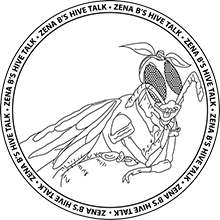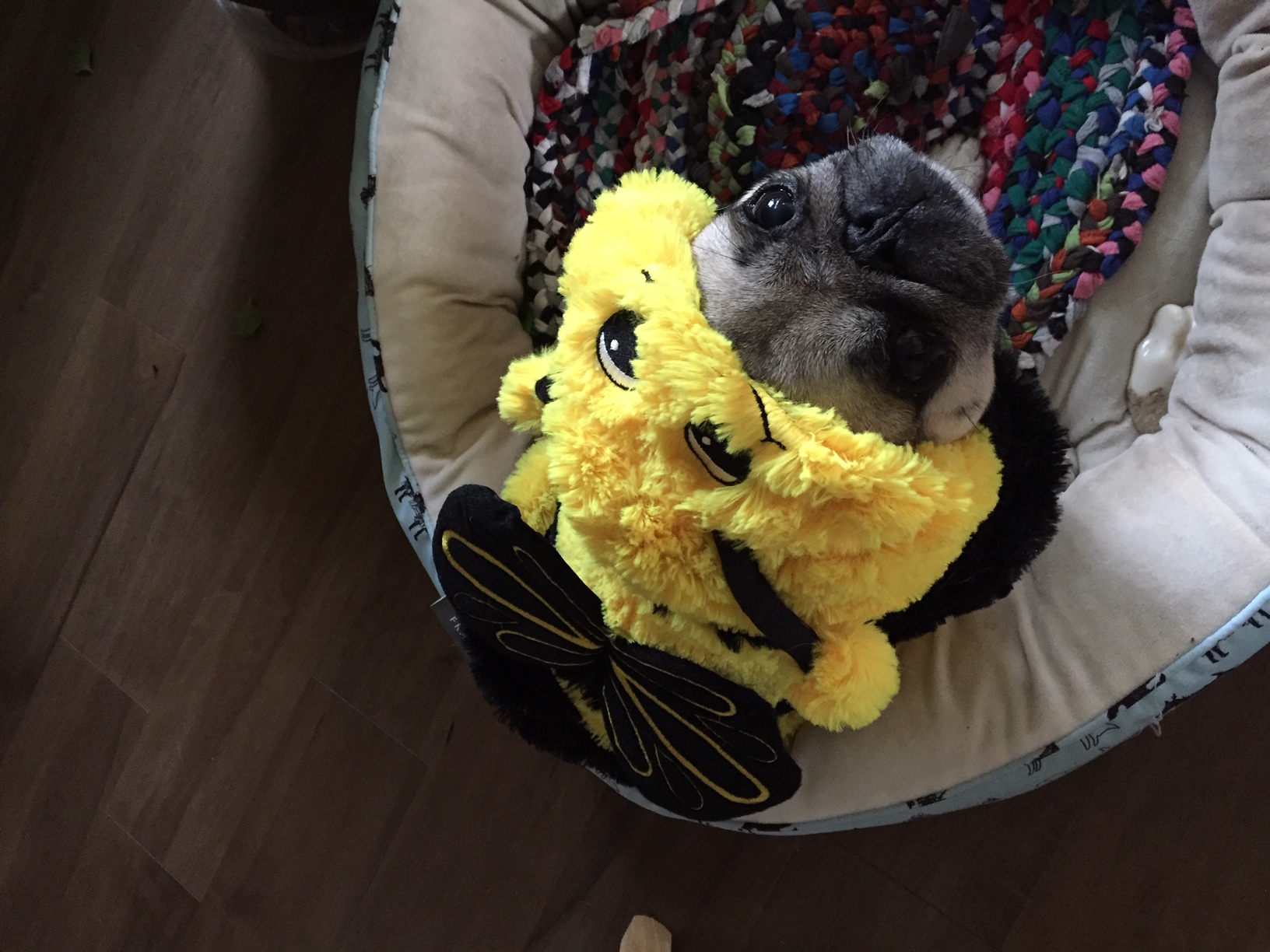Hive Talk - November 2019
Zena B's Burstall Mainstreeter Report for November 2019

Remember from last month: Bet you're wondering about the answer…
Trivia quiz: The ‘cluster’ of honeybees that I am referring to reaches temperatures of:
- 75 - 79 degrees F
- 84 - 88 degrees F
- 94 - 98 degrees F
Incredible, isn’t it!
Preparing for the long winter ahead
Ensure that the bees have enough food to last until April.
Late in the fall when all the flowering plants are finished blooming for the season there is a lull in the time before the snow hits. It’s called a “dearth”. The honey bees rely on a little help from their stores in the hive, as well as from their beekeeper. I supply the ‘girls’ with water, and sugar syrup with a little supplement of vitamins. I invert feeder pails over the top cover of the hive. It secrets a small amount of syrup through a screen where the bees slurp the syrup through their proboscis (tongues). Their proboscis are like little straws that unfold out of their mouths to enable them to drink nectar.
Once the temperature is constantly below 0 I remove the syrup and proceed to winterize their hives.
This is October 24th, 2019 (the weather couldn’t decide to be cold or warm, so I opted to go ahead and wrap ‘em up) With the addition of snow, the hives will do well.
The bees will stay in the hive when it’s below 5 Deg C. Any temperature above gives them the opportunity to come out of the hive to do a cleansing flight. Yup, they come out to go to the bathroom! Image having to hold ‘it’ for months…...they’ll do it! Bees are so hygienic. Their metabolism slows down, they eat very little, they stretch their food supply out by expending very little energy. Their focus is to keep their queen safe, warm, and well-fed.

While in the hive, while it is soooo cold outside the bees huddle around the queen to keep them warm. The bees closest to the queen will eat the stored honey, and bee bread, and the bees on the outside of the huddle will insulate their sisters. Depending on the temperature of the hive the bees will loosen their cluster to permit air flow, but as the temperature drops the bees will tighten the cluster to warm up the centre. The honey bees shiver, vibrating their flight muscles but will keep their wings still, which will create heat.
When the workers on the outer cluster get cold they will push their way into the sphere and trade places with the bees on the inside.
The bees can only move within the hive when the weather warms slightly, otherwise during very cold spells the cluster will stay in one place. If that happens they will run out of food and starve.
I’m hoping that Dave and I have wrapped up the hives well enough to keep our charges warm and well-fed.
Until next month, “Bee Kind”
